Are Plums Bad for Dogs?
05.07.2021.
One of the favorite summer fruits is the delicious plum. If you love eating fresh, ripe plums, and you are a dog owner, you might have wondered, “Can dogs eat plums?” You should know that you are right to be worried, and dogs should NOT eat plums. Here is what you should know about dogs and plums.
Are plums safe for dogs?
If your dog ate a bit of a plum’s “meaty” part, they would most likely be OK. However, some parts of the plum, like the stem and the seed, contain quite a bit of cyanide. It is not the only toxin plums contain, but it is certainly the most dangerous one.
Even if you have a plum tree growing in your garden, you should keep your dog away from it. Plum’s flowers, roots, and even bark contain prunasin, cyanogen, and amygdalin. Even the tiniest amounts of toxic parts of the plum can cause health issues to your dog. It is best not to risk your dog’s health and make sure you avoid sharing plums with your dog.
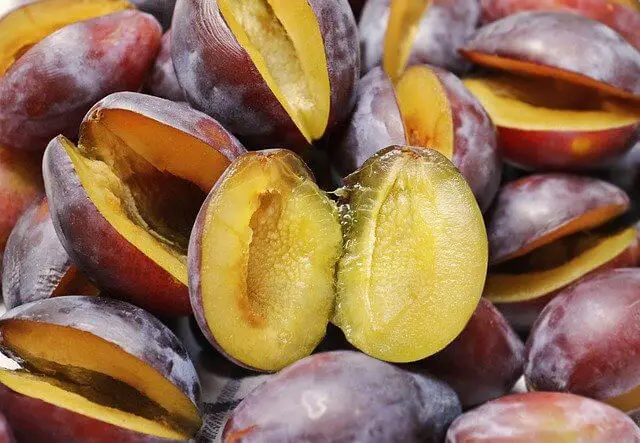
What if my dog ate a plum?
The most important thing to do is avoid panicking. If your dog managed to get their paws on a plum from your fruit basket, look for parts of the plum they might have eaten. If the dog hasn’t swallowed the stem or the seed, they will most likely be absolutely fine. However, if you notice they have eaten the whole plum with the seed, you should keep a close eye on them. Look for signs of plum poisoning, and make sure you contact your vet if you notice anything weird going on with your dog.
Plum poisoning
The most worrying thing about dogs eating plums is plum poisoning. This is a rather self-explanatory term used by vets to describe dogs experiencing health issues after consuming the toxic parts of the plum. If your dog ate a plum, you should look for these plum poisoning symptoms;
In worst cases, plum toxins can enter the dog’s bloodstream. If that happens, your dog will need immediate veterinary care because those toxins can lead to fatal kidney failure.
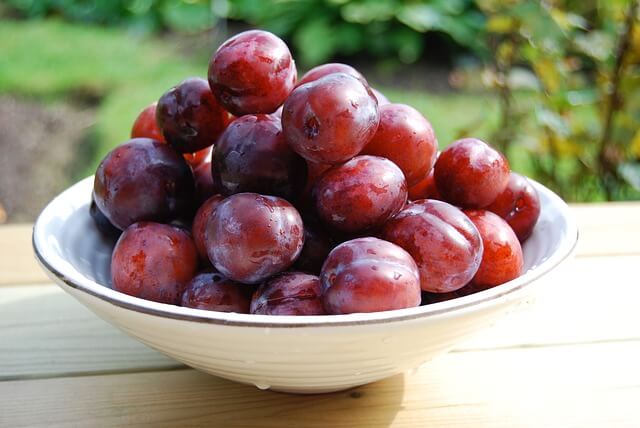
How is plum poisoning treated?
The best thing you can do for your dog if you suspect plum poisoning is to call your vet and telling them you will bring your dog. Plum poisoning should be treated as an emergency, and your dog will need immediate vet care. If not treated, plum poisoning can be fatal within an hour. Here is how vets can help your dog;
Detox
The most effective way cyanide poisoning in dogs is treated is by administering an IV containing sodium nitrite or methylene blue. These substances will promote the formation of methemoglobin in the dog’s bloodstream. Methemoglobin will tie itself to cyanide molecules and form a different chemical that is not toxic to dogs. If that fails, vets can give your dog thiosulfate that has a similar effect.
Hospitalization
After your dog went through detoxification, they will need to be closely monitored for the next 24 - 48 hours. The dog will be under constant observation, and vets will provide them with everything the dog needs to successfully recover. Plus, the staff is close by, so they can immediately react if any complications happen.
In conclusion
Dogs and plums do not mix well. The “meaty” part of the fruit might be safe for dogs in the tiniest amounts, but generally, you should avoid giving plums to your dog. The stem, the pit, flowers, roots, and parts of the plum tree are toxic to dogs, and even the smallest amounts can cause plum poisoning. There are fruits your dogs can safely eat, and if you want to include something healthy in their diet, try apples, bananas, pumpkin, or something from the list of safe fruits.
World Dog Finder team

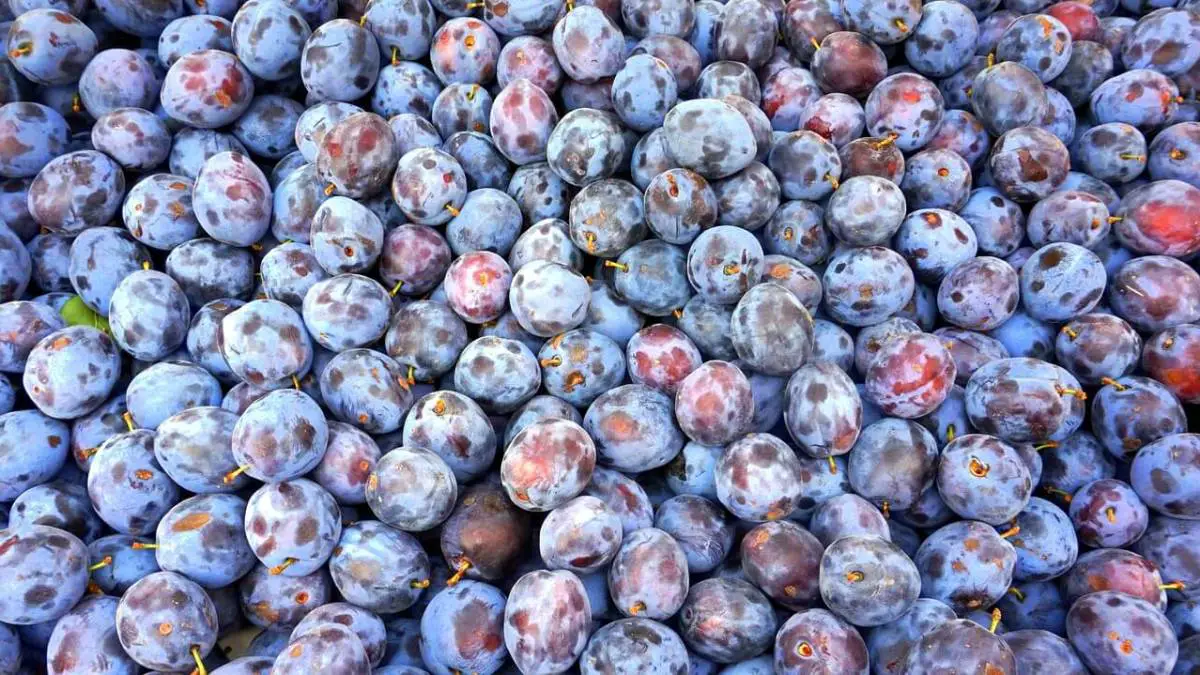
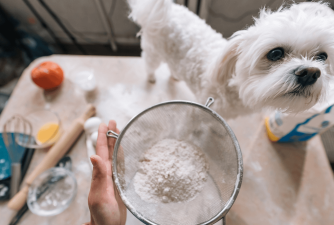

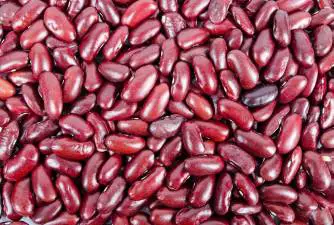


Share